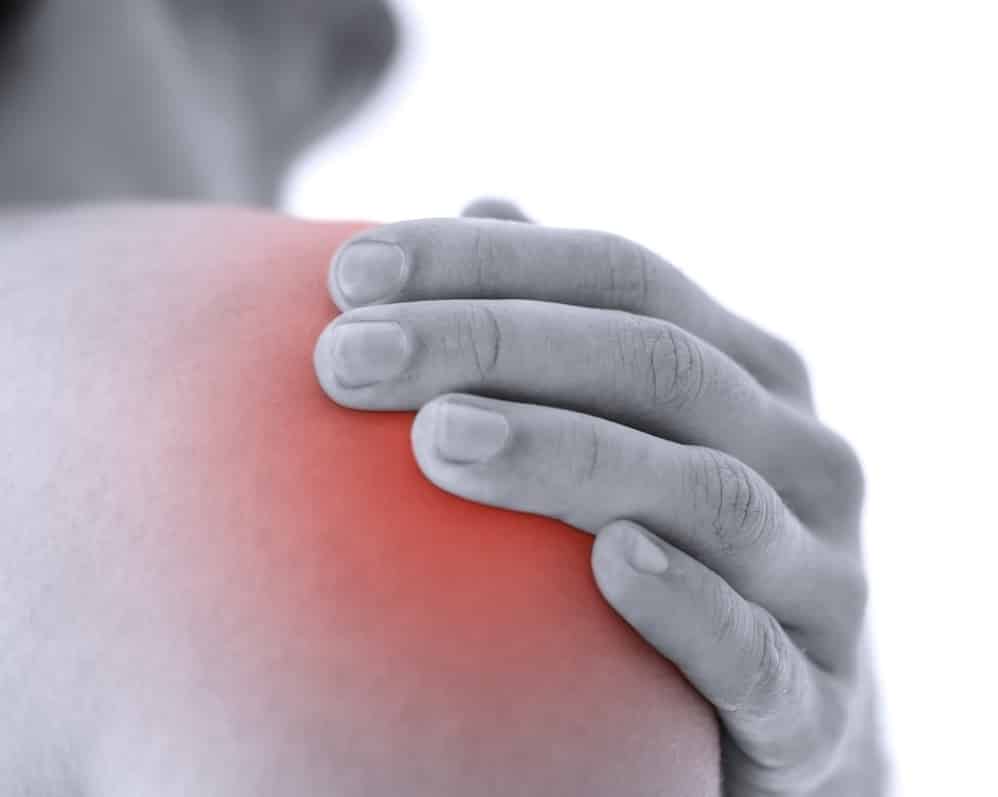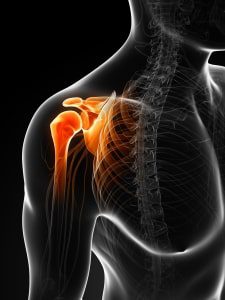In our first installment of this series, we learned about the shoulder's structure and function. There are a lot of joints, ligaments, and muscles involved in making sure the shoulder remains functional and pain-free, so it is not difficult to see how if one part of the system becomes dysfunctional, it can lead to some major problems. The most common of these problems is rotator cuff syndrome.
 Overview
Overview
The two ways rotator cuff tears can occur are:
- Traumatic: falling on your outstretched arm, sudden or jerking motion when trying to lift a heavy weight
- Chronic: long-term wear and tear of the tendons.
Wear and tear of the rotator cuff is a normal part of the aging process, but repetitive overhead movements, such as throwing, lifting, or working with the arm overhead may expedite degeneration. Keeping the arm in the same position for long periods of time, such as sleeping on the same side every night or doing computer work for long stretches of time with poor posture can cause the muscles in your shoulder and shoulder blade to weaken, which can also lead to rotator cuff syndrome.
The degeneration can range in severity, from simple inflammation which can be easily rehabilitated with physical therapy to complete, total tendon tears, which require surgery. Because the glenohumeral joint is a relatively unstable joint, the rotator cuff muscles work to maintain the humeral head within the glenoid (golf ball on the golf tee) via force couples. If any one of these forces becomes unbalanced, this will cause the humeral head to become unstable and impinge soft tissue structures, causing pain during movement. This can lead to tissue inflammation, lack of motion and strength, and difficulty performing functional tasks with the affected arm.
Symptoms
- Pain when trying to lift your arm in front of you or out to the side
- Increased stiffness
- Pain when reaching behind your back, putting on a jacket, or tucking in shirt
- Painful clicking or popping when moving arm
- Loss of motion or strength in shoulder or arm
These symptoms may worsen over time if it is a chronic rotator cuff tear or they may appear acutely after a fall or injury. Often, the pain is worse at night.
Treatment Options
Initial treatment of rotator cuff dysfunction is managing pain and inflammation so that healing can take place.
- Stop performing the offending activity (i.e. reaching, throwing, lifting)
- Apply ice to the shoulder
- See your physical therapist or doctor
Further treatment options chosen by your doctor may include steroids, a cortisone injection, or surgery
Prognosis
Most people fully recover their function, strength, and motion after a combination of physical therapy, medications, and activity modification. Prognosis greatly depends upon the size of the rotator cuff tear, the length of time the tear has been present, age, and prior level of function.
If you suspect you have a rotator cuff problem, don't hesitate to see your physical therapist or doctor soon! It is essential to quickly rebalance the muscle forces in the shoulder to regain strength, motion, and function.







